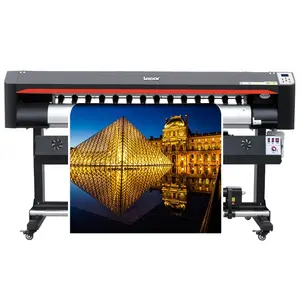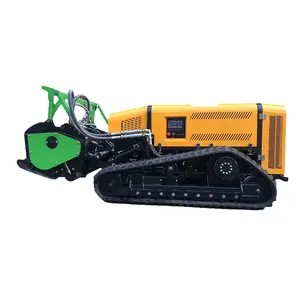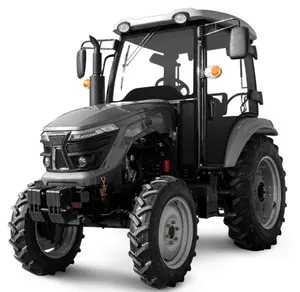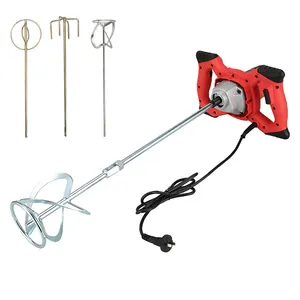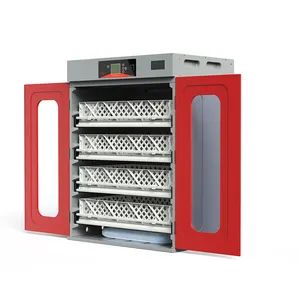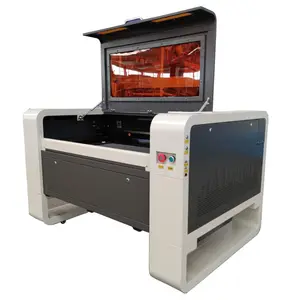Popular in your industry





















































Related Searches:














































































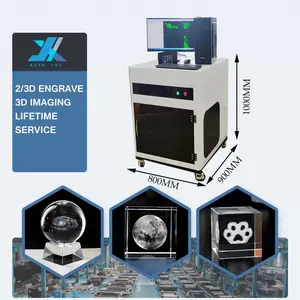












































Top categories
About 3d metal laser printer
3D metal laser printers are sophisticated devices that utilize cutting-edge technology to create complex metal components. They combine the precision of direct metal laser sintering (DMLS) 3D printers with the flexibility of additive manufacturing. These printers are revolutionizing the manufacturing industry by offering a cost-effective and efficient solution for producing intricate metal parts. They are widely used across various sectors, including aerospace, automotive, and healthcare, to manufacture components that demand high precision and durability. The ability to create intricate geometries and structures makes 3D metal laser printers a go-to for industries where customization and precision are paramount.
Advantages of 3D metal laser printers
The laser sintering metal 3D printer creates parts by selectively melting metal powder using a high-powered laser. This layer-by-layer approach results in components with complex geometries that are challenging or impossible to achieve with traditional manufacturing methods. Additionally, the process minimizes material waste by using only the required amount of metal powder, making it a cost-effective and sustainable manufacturing solution. The seamless integration of design changes allows for rapid prototyping and customization, significantly reducing the time and cost involved in developing new components. Furthermore, 3D metal printing facilitates the production of lightweight structures without compromising strength, making it ideal for applications in aerospace and automotive industries.
Materials used in 3D metal laser printers
Laser-sintered metal 3D printing works with a variety of metals, including stainless steel, aluminum, titanium, and nickel-based alloys. Each metal offers unique properties, such as strength, corrosion resistance, and thermal conductivity, making them suitable for specific applications. Stainless steel is often used for its durability and resistance to corrosion, making it a common choice for parts in the healthcare and food industries. Aluminum is preferred for its lightweight and excellent thermal conductivity, making it a go-to material for aerospace and automotive components. Titanium's exceptional strength-to-weight ratio and biocompatibility make it popular in the medical field, where implants require high strength and minimal weight. Nickel-based alloys are known for their resistance to high temperatures and corrosion, making them ideal for applications in aerospace and chemical processing industries.
Applications of 3D metal laser printers
The applications of metal sinter 3D printers span across various industries, revolutionizing the way complex metal parts are manufactured. In the aerospace sector, these printers are used to create lightweight and intricate components for aircraft and spacecraft, contributing to fuel efficiency and performance. In the automotive industry, 3D metal printing enables the production of custom parts, such as engine components and lightweight structures, enhancing vehicle performance. The healthcare sector utilizes these printers to fabricate patient-specific implants with complex geometries, improving treatment outcomes. Research and development benefit from 3D metal printers for rapid prototyping and testing of new designs. The energy sector employs these printers to manufacture components for renewable energy systems and oil and gas exploration. The tooling and mold industry use 3D metal printing to create durable and precise molds for manufacturing processes. The applications of 3D metal laser printers continue to expand as industries recognize the potential of this advanced manufacturing technology.

